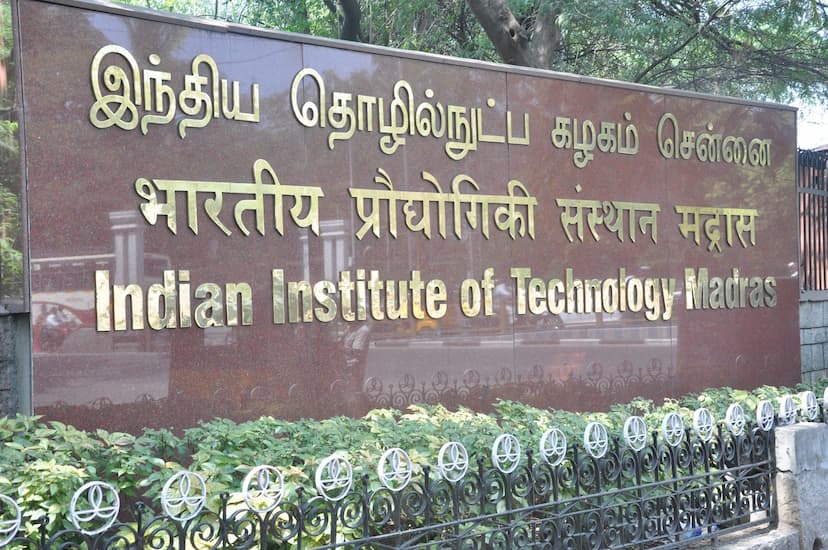Muse Nanobots launches great nanocoating for regular garments

Muse Nanobots, the subsidiary of IIT Madras incubated startup Muse Wearables has launched a nanotech coating for textiles that can inactivate the corona virus within five minutes of contact.
Muse Nanobots conducted a study with the U.S.-based Situ Biosciences, an ISO 170205-accredited, independent product test laboratory in Chicago, which specializes in providing microbial product testing.


The study was conducted in accordance with ISO 18184, the international standards for determining antiviral activity of textile products.
Muse Nanobots, a subsidiary of the IIT Madras-incubated Muse Wearables Startup, which sells payment-enabled hybrid smartwatches in 70 countries, has filed two patents.
It is already in touch with around 40 Indian companies including Government Research Organizations.

It is also in advanced stages of negotiations with a few companies to install the nanocoating machines at their production facilities.
Speaking about the unique aspects of nanocoating Mr. Sai Prasanth, Co-founder of Muse Nanobots said they are one of the first Indian technology companies to prove, via clinical testing and validation, the coating efficacy of our product on the Coronavirus.
Also read ‘Odisha Joint Entrance Examination cut-off will be released after exams likely to be held in September‘

Muse Nanobots coating has also displayed a strong anti-bacterial activity on human pathogenic bacteria such as Escherichia coli, and Staphylococcus aureus, among others, he said.
The coating makes the textile surface self-sanitizing and provides a germ resistant surface, he said.
Co founder of Muse Nanobots further said this shows that Muse Nanocoat on textiles can become an added layer of protection in the fight against this pandemic.
Muse Nanobots coating can be applied on any kind of fabric and can be coated on masks, PPE kits, clothes and packaging material.

The test also has shown that it is non-toxic to human cells and is comfortable to use, he said.

However, there are other ways in which COVID-19 can spread, such as while shaking hands with others or through droplets/coughs and hence, users should adhere to social distancing and follow the guidelines to protect themselves against COVID-19, he said.
Muse Nanobots is targeting the installation of their nanocoating machines in around 15 Indian Textile Companies that make regular office and casual attires, sportswear, PPEs, decor industry (curtains, bedsheets) and packaging material makers by end of 2020.
Elaborating on how the Muse Nanobots is taking this nanocoating technology to the country at large, Gautam Reddy, CEO of Muse Nanobots said Muse Nanobots’ nanocoating machine can coat fabrics at an industrial production scale and can be integrated into the existing textile production facilities.
Apply Now For – Hindustan University – Hindustan Institute of Technology and Science – [HITS], Chennai Tamil Nadu
No changes in the textile fabrics observed after the coating process which makes this relevant for various textile applications such as office wear, school uniforms, medical wear, sportswear and wearables, among others.
The coating lasts upto 60 washes when washed under 70 degrees celsius. The coated chemicals do not show any leaching of chemicals, he said.
Gautam Reddy also said With respect to the cost, Muse Nanobots ensures optimal coating concentrations making us commercially viable compared to our international competitors.
In the words of ‘Atmanirbhar Bharat,’ we are a ‘Make in India’ product and we have all the supply chains from India.
We are also happy to announce that we have attracted top talent to our R&D team and have started working on developing nanotech solutions for water filters, air cleaners and oxygen concentrators, he said.
Apart from direct installations at partner locations, Muse Nanobots also has a coating facility based in Bengaluru where textile companies can send their fabrics to be treated with the antiviral coating.
The startup plans to establish three more coating facilities at different cities to cater to the textile coating demand and faster turnaround time by the end of September 2020.
Muse Nanobots face masks will be available in the market by the first week of September 2020 on e-commerce platforms and Muse Nanobots website.
A highlight of these nanoparticles coated textiles is that these have anti-microbial properties: It continuously captures and destroys viruses and other microbes upon contact.

The other property is that it does not leach while washing in water and is environment-friendly.
The particles can also be coated on materials like cotton, polyster and cotton-polyster. It is non-toxic and therefore can be safely used for making masks and other PPEs.
S Vishnu Sharmaa now works with collegechalo.com in the news team. His work involves writing articles related to the education sector in India with a keen focus on higher education issues. Journalism has always been a passion for him. He has more than 10 years of enriching experience with various media organizations like Eenadu, Webdunia, News Today, Infodea. He also has a strong interest in writing about defence and railway related issues.









